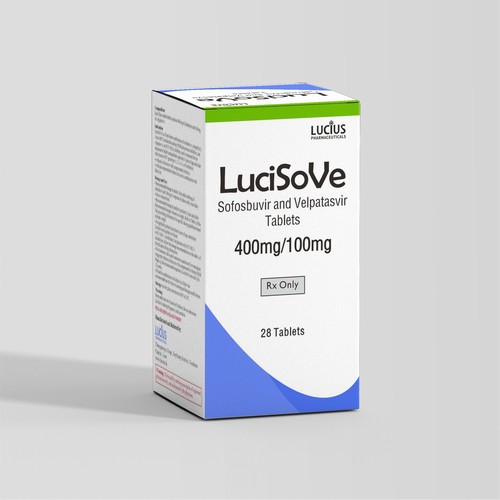What is the Mechanism of Action of Gilead's Sofosbuvir?

What is the Mechanism of Action of Gilead's Sofosbuvir?
Gilead's Sofosbuvir is a drug used for the treatment of chronic hepatitis C virus (HCV) infection. It belongs to direct-acting antiviral drugs. By inhibiting the key enzyme RNA polymerase in the HCV replication process, it blocks the replication and spread of the virus. This drug has shown excellent performance in clinical trials, with significant curative effects, high safety, a short treatment course, fewer side effects, and good tolerance. Gilead's Sofosbuvir is an antiviral drug used for the treatment of hepatitis C, and its mechanism of action mainly exerts its effect by inhibiting the replication process of the virus. This article will provide a detailed analysis of the mechanism of action of Sofosbuvir and its importance in the treatment of hepatitis C.
I. The Chemical Structure and Properties of Sofosbuvir
Sofosbuvir is a nucleotide drug, and its chemical structure is similar to natural nucleotides. This structure enables it to effectively integrate into the virus's RNA synthesis process, reasonably mimic the nucleotides within the cell, and inhibit the replication of the hepatitis C virus through a specific mechanism.
II. Inhibiting the RNA Polymerase of Hepatitis C Virus
The main mechanism of action of Sofosbuvir is to act as an inhibitor of the hepatitis C virus (HCV) RNA-dependent RNA polymerase. This enzyme plays a crucial role in the virus's life cycle and is responsible for replicating the viral RNA genome. Sofosbuvir blocks the replication process of the virus by competitively inhibiting the activity of RNA polymerase, thereby reducing the viral load in the liver.
III. The Impact on Viral Mutations
The inhibitory effect of Sofosbuvir on the RNA polymerase of the hepatitis C virus can reduce the mutation rate of the virus. Viruses often mutate during the replication process, which may lead to the development of drug resistance. Since Sofosbuvir introduces a termination signal to prevent the continuation of the viral RNA strand, it reduces the chance of mutations occurring and enhances the curative effect.
IV. The Combined Effect with Other Antiviral Drugs
Sofosbuvir is often used in combination with other antiviral drugs, such as pegylated interferon or daclatasvir, to form a combination therapy. This combination strategy not only improves the antiviral effect of the treatment but also significantly reduces the risk of drug resistance during treatment. The mechanism of action of each drug complements each other, making the treatment plan more effective.
As a treatment drug for hepatitis C, Gilead's Sofosbuvir provides an effective treatment option for patients with its unique mechanism of action. By inhibiting the virus's RNA polymerase, Sofosbuvir significantly reduces the virus's replication ability, and its combination with other antiviral drugs also provides strong support for the cure of patients. With the in-depth research, there may be more new treatment methods and drugs for hepatitis C in the future. If necessary, you can consult the Dingxiang customer service.
The following are several case Q&A to help you better understand the mechanism of action of Sofosbuvir:
Question: I have been diagnosed with hepatitis C, and my doctor has prescribed Sofosbuvir for me. Can its combination with other antiviral drugs really improve the cure rate?
Answer: Yes, Sofosbuvir is often used in combination with other antiviral drugs such as pegylated interferon or daclatasvir. The mechanism of action of each drug complements each other. This combination strategy not only improves the antiviral effect of the treatment. Clinical studies have shown that the combination of Sofosbuvir with other DAA drugs can achieve a cure rate of over 90%. It can also significantly reduce the risk of drug resistance during treatment.
Question: When Sofosbuvir is used to treat hepatitis C, will there be many side effects?
Answer: Sofosbuvir has good tolerance, a short treatment course, and fewer side effects. In clinical trials, it has shown high safety. However, the specific side effects may vary due to individual differences. If you experience any discomfort during the medication process, you should inform your doctor in a timely manner.
Question: How does Sofosbuvir inhibit the mutation of the hepatitis C virus?
Answer: As an inhibitor of the hepatitis C virus (HCV) RNA-dependent RNA polymerase, Sofosbuvir reduces the chance of viral mutations by introducing a termination signal to prevent the continuation of the viral RNA strand. Because viruses are prone to mutations during the replication process, which may lead to the development of drug resistance, this mechanism of action of Sofosbuvir effectively enhances the therapeutic effect and reduces the risk of drug resistance.
